How to Make Almond Paste
Steps
Part 1 of 3:
Blanch the Almonds[1]
-
 Bring water to a boil. Fill a small saucepan 2/3 full with water. Warm this water on the stove on high, heating it until it reaches a rolling boil.
Bring water to a boil. Fill a small saucepan 2/3 full with water. Warm this water on the stove on high, heating it until it reaches a rolling boil.- You need to blanch the almonds in order to remove the skins. Do not leave the skins on when making almond paste, since the final product will be coarser and grainier if you do.
- Note that if you buy pre-blanched almonds, the skins will already be removed and you can skip over this entire portion of the process.
-
 Boil the almonds. Place your almonds into the water and blanch them for 1 minute.
Boil the almonds. Place your almonds into the water and blanch them for 1 minute.- It is absolutely crucial that you do not boil the almonds for any longer than this. If you do, they will start to soften. You only want to loosen the skins from the almonds, not cook them completely.
- Add all the almonds at once instead of working in batches.
-
 Drain and cool the almonds. Immediately remove the almonds from the heat and pour the contents of the saucepan through a colander or strainer. Rinse them with cold, running water to stop the cooking process.
Drain and cool the almonds. Immediately remove the almonds from the heat and pour the contents of the saucepan through a colander or strainer. Rinse them with cold, running water to stop the cooking process.- Blot the almonds dry with a paper towel once they cool down. They do not need to be perfectly dry, but they should not be dripping wet.
- Note that the skins of the almonds should look shriveled at this point, but the almonds themselves should still feel hard.
-
 Squeeze the skin off. Pick up an almond from one end of the nut, pinching it between your index finger and thumb. Carefully squeeze the bottom of the almond, forcing the nut up and out of the loosened skin.
Squeeze the skin off. Pick up an almond from one end of the nut, pinching it between your index finger and thumb. Carefully squeeze the bottom of the almond, forcing the nut up and out of the loosened skin.- Repeat this process with each almond.
- Do not squeeze the almonds with too much force. They can easily shoot out of their skins and across the room if you aren't careful.
-
 Dry completely. Spread the almonds out on a clean kitchen counter and let them air dry for a few hours, or until they feel completely dry.
Dry completely. Spread the almonds out on a clean kitchen counter and let them air dry for a few hours, or until they feel completely dry.- To speed up the drying process, pat them with clean paper towels to remove most of the excess water. Instead of laying them directly on the counter, spread them over one or two layers of clean paper towels to help absorb any of the remaining water.
Part 2 of 3:
Make the Paste[2][3]
-
 Ground the almonds using a food processor. Place your blanched almonds in a food processor, cover the machine, and process at high speed until it develops a smooth consistency.
Ground the almonds using a food processor. Place your blanched almonds in a food processor, cover the machine, and process at high speed until it develops a smooth consistency.- The consistency of the ground almonds should be similar to a coarse-grain flour. They do not need to be a fine powder, but you should not be able to see any noticeable chunks of almond.
- If you notice that the almonds are grounding unevenly in the food processor, pause it and stir with a spatula before starting the machine back up again.
- Use a blender if you do not have a food processor.
-
 Add the other ingredients. Add the powdered sugar, egg white, almond extract, and salt to the food processor, along with the ground almonds. Cover the machine again and process at high speed until smooth and evenly blended.
Add the other ingredients. Add the powdered sugar, egg white, almond extract, and salt to the food processor, along with the ground almonds. Cover the machine again and process at high speed until smooth and evenly blended.- Depending on the strength of your food processor, it could take 10 minutes or more before an actual paste forms.
- When you are finished processing the ingredients, a thick clay-like paste should form inside the machine.
-
 Divide the almond paste into portions. Scoop out the almond paste in 1/2 cup (125 ml) portions. Use your hands to shape these portions into balls or loaves.
Divide the almond paste into portions. Scoop out the almond paste in 1/2 cup (125 ml) portions. Use your hands to shape these portions into balls or loaves. -
 Wrap the almond paste in plastic wrap. Center each portion in the middle of a sheet of plastic wrap and wrap the almond paste tightly. Place each wrapped portion into an airtight container and label it with the contents, amount, and date.
Wrap the almond paste in plastic wrap. Center each portion in the middle of a sheet of plastic wrap and wrap the almond paste tightly. Place each wrapped portion into an airtight container and label it with the contents, amount, and date.- Labeling the container will make it easier to keep track of how long the almond paste has been in storage.
- You could simply use a covering of plastic wrap, or you could skip the plastic wrap and place the almond paste in a resealable plastic bag or plastic container. Doubling up is not necessary, but it does improve the freshness and longevity of the almond paste as time passes.
-
 Store it in cool temperatures. You can either refrigerate or freeze almond paste. In the refrigerator, it should last for 1 month. In the freezer, it should last for 3 months.
Store it in cool temperatures. You can either refrigerate or freeze almond paste. In the refrigerator, it should last for 1 month. In the freezer, it should last for 3 months. -
 Knead the butter in before using it, if desired. Butter is not an essential ingredient, but adding it into the almond paste can make the final product smoother and less sticky. Wait until you are ready to use the almond paste before kneading the butter in.
Knead the butter in before using it, if desired. Butter is not an essential ingredient, but adding it into the almond paste can make the final product smoother and less sticky. Wait until you are ready to use the almond paste before kneading the butter in.- Soften the butter and cut it into small cubes.
- Roll out the almond paste and scatter the butter on top.
- Fold and knead the almond paste and butter to combine them. Stop once you can no longer see any visible traces of butter left behind.
Part 3 of 3:
Shortcut Version[4]
-
 Combine the almond flour and powdered sugar. Place the almond flour and powdered sugar into a food processor and pulse it quickly to blend the two ingredients together.
Combine the almond flour and powdered sugar. Place the almond flour and powdered sugar into a food processor and pulse it quickly to blend the two ingredients together.- In doing this, you should also be able to break up any clumps, which will ensure that your final product is as smooth as possible.
- Note that you could use almond meal instead of almond flour if the former is all you can find.
- Alternatively, you could sift the almond flour and powdered sugar together to blend them and remove any lumps. Since you will still need to use a food processor, though, using a sifter may be more work than it is worth.
- If you do not have a food processor, a blender could used instead.
-
 Add the almond extract. Add 1 teaspoon (5 ml) almond extract to the food processor and pulse to combine it with the almond flour mixture.
Add the almond extract. Add 1 teaspoon (5 ml) almond extract to the food processor and pulse to combine it with the almond flour mixture.- Taste the mixture. If the almond taste is not strong enough for you, add another 1 to 2 teaspoons (5 to 10 ml) of almond extract.
- It is important that you balance the flavor of the almond paste now before moving onto the next step, which involves the use of an egg white. Uncooked eggs are hazardous to consume.
-
 Add the egg white. Lightly beat the egg white with a fork or whisk. Pour it into the contents of the food processor. Process the ingredients at a medium speed for a full 2 minutes.
Add the egg white. Lightly beat the egg white with a fork or whisk. Pour it into the contents of the food processor. Process the ingredients at a medium speed for a full 2 minutes.- When done, the almond paste inside the machine should be smooth and naturally formed into a clay-like ball.
- If the dough still feels sticky, add another 1 tablespoon (15 ml) of almond flour and process until thoroughly combined.
-
 Wrap the almond paste in plastic wrap. Take the ball of almond paste out of the food processor and wrap it tightly in plastic wrap. Place it into a resealable plastic bag or airtight container, and label the container with the contents and date.
Wrap the almond paste in plastic wrap. Take the ball of almond paste out of the food processor and wrap it tightly in plastic wrap. Place it into a resealable plastic bag or airtight container, and label the container with the contents and date.- You do not need to double your packaging if you do not want to do so, but doubling the packaging can keep the almond paste fresher for a longer period of time.
- If you anticipate using the almond paste in batches, you can divide it into individual portions ahead of time and package those portions separately. This is not necessary, though.
-
 Store in the refrigerator. Place the wrapped almond paste in your refrigerator and store it there for up to 1 month.
Store in the refrigerator. Place the wrapped almond paste in your refrigerator and store it there for up to 1 month.- If you want to save the almond paste for a longer period of time, freeze it. When frozen, almond paste retains its quality for about 3 months.
4 ★ | 2 Vote
You should read it
- How to Cut and Paste
- Fixing errors cannot Copy Paste in Windows
- Differentiate between PVC and PE food wrap, which is safe and best
- How to Copy and Paste on Mac
- How to Copy and Paste in Minecraft
- 10 ways to use the Paste feature in Excel
- Instructions for ordering food through Zalo
- AR Cut & Paste - Application 'cut' real life objects 'paste' into Photoshop file
May be interested
- 5 ways to fix computer errors that cannot Copy Paste
 copy and paste are basic functions that have been integrated by microsoft since the early days. join tipsmake to find 5 ways to fix the computer error of not being able to copy and paste.
copy and paste are basic functions that have been integrated by microsoft since the early days. join tipsmake to find 5 ways to fix the computer error of not being able to copy and paste. - How to Copy and Paste on a Mac
 this wikihow teaches you how to copy and paste text or files on your mac computer. while your mac's built-in menu bar is the preferred way to copy and paste information, you can also use your mac's trackpad or keyboard to copy and paste....
this wikihow teaches you how to copy and paste text or files on your mac computer. while your mac's built-in menu bar is the preferred way to copy and paste information, you can also use your mac's trackpad or keyboard to copy and paste.... - Steps to recheck thermal paste for computer CPU
 it's not uncommon for desktops and laptops to overheat after being stable for a few years. a bad cpu cooler not only reduces the remaining life of the pc, but subsequent thermal throttling also negatively impacts performance.
it's not uncommon for desktops and laptops to overheat after being stable for a few years. a bad cpu cooler not only reduces the remaining life of the pc, but subsequent thermal throttling also negatively impacts performance. - 21 ways to use the Paste feature in Excel
 the paste special command appears in most office applications, but perhaps excel users still benefit from this command the most. using this basic feature – as well as other paste options – users can perform a number of common tasks along with some more complex problems.
the paste special command appears in most office applications, but perhaps excel users still benefit from this command the most. using this basic feature – as well as other paste options – users can perform a number of common tasks along with some more complex problems. - Copy-paste on Windows also has AI
 microsoft is adding a new advanced paste feature to upgrade powertoys for windows 11, helping to quickly convert clipboard content using ai technology.
microsoft is adding a new advanced paste feature to upgrade powertoys for windows 11, helping to quickly convert clipboard content using ai technology. - 10 functions of Paste in Excel you need to know
 pasting data in excel, in addition to normal paste, the data in excel is also formulas, functions, formats
pasting data in excel, in addition to normal paste, the data in excel is also formulas, functions, formats - How to Clean Thermal Paste
 anyone who works on a computer knows that the computer will buzz during use. thermal paste is used to conduct heat from the processor to a component called the 'heatsink'. here, the heatsink will push the heat out to maintain a moderate temperature for the processor. this glue will dry out and will need to be replaced periodically. in computer maintenance and repair, replacing new thermal paste is relatively easy. first, you need to practice safety when working to avoid causing damage to yourself and your computer. after that, just clean the old glue and apply new thermal paste.[1] x research source
anyone who works on a computer knows that the computer will buzz during use. thermal paste is used to conduct heat from the processor to a component called the 'heatsink'. here, the heatsink will push the heat out to maintain a moderate temperature for the processor. this glue will dry out and will need to be replaced periodically. in computer maintenance and repair, replacing new thermal paste is relatively easy. first, you need to practice safety when working to avoid causing damage to yourself and your computer. after that, just clean the old glue and apply new thermal paste.[1] x research source - How to Paste an Image into a Selection in Photoshop
 this tutorial will show you how to copy an image and paste it into a selection in another image using the paste into command in adobe photoshop.
this tutorial will show you how to copy an image and paste it into a selection in another image using the paste into command in adobe photoshop. - How to Copy‐Paste Using Keyboard Shortcuts
 when you hear copy and paste, you might think of cutting and pasting in craft class, but copying and pasting on a computer or mobile device is different. using keyboard shortcuts to copy data and paste it elsewhere saves you time, and it's helpful if you know how to take advantage of your device's features. you can use some keyboard shortcuts to quickly copy and paste data to a new location to get the most out of your computer or phone.
when you hear copy and paste, you might think of cutting and pasting in craft class, but copying and pasting on a computer or mobile device is different. using keyboard shortcuts to copy data and paste it elsewhere saves you time, and it's helpful if you know how to take advantage of your device's features. you can use some keyboard shortcuts to quickly copy and paste data to a new location to get the most out of your computer or phone. - Fix error of Copy Paste command not working in Word, Excel (2007, 2010)
 there are many causes of the copy paste command error that do not work on windows computers, such as your computer being attacked by viruses, the clipboard does not work, and so the copy (ctrl + c) and paste commands ( ctrl + v) does not work. so how to fix this error, please refer to the following article of network administrator.
there are many causes of the copy paste command error that do not work on windows computers, such as your computer being attacked by viruses, the clipboard does not work, and so the copy (ctrl + c) and paste commands ( ctrl + v) does not work. so how to fix this error, please refer to the following article of network administrator.
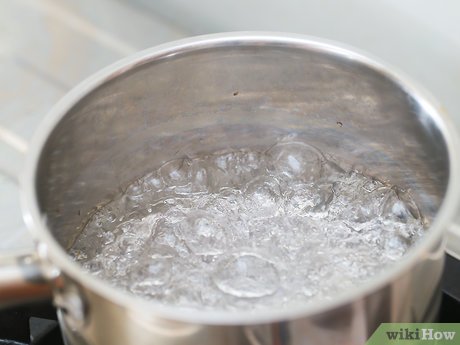
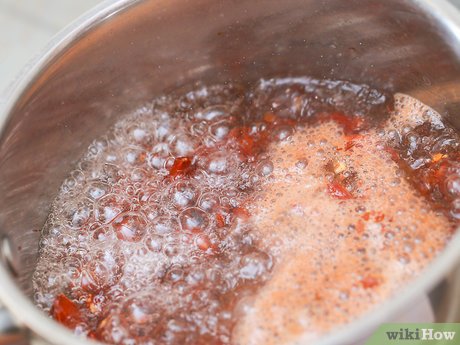
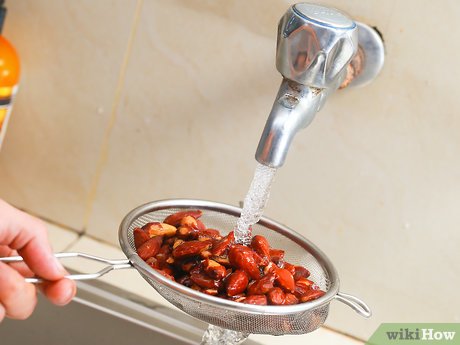
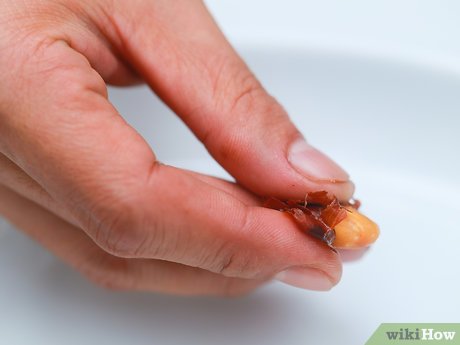
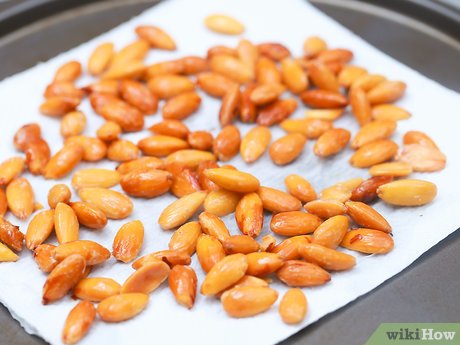
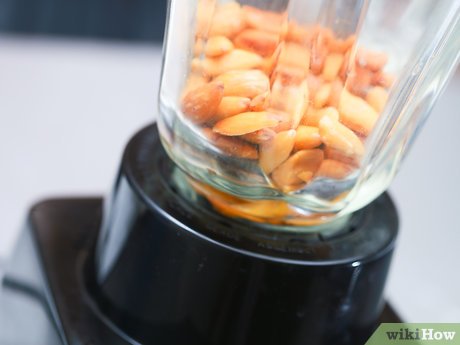
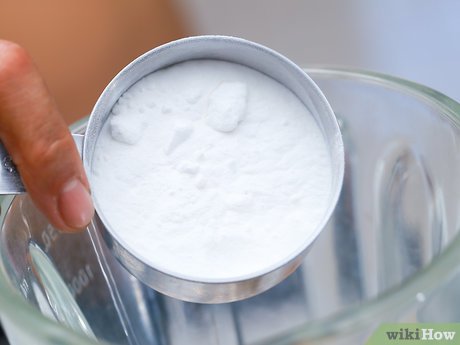
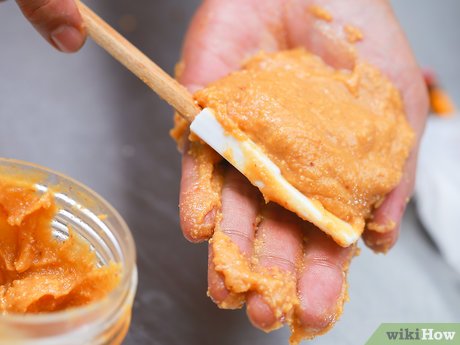
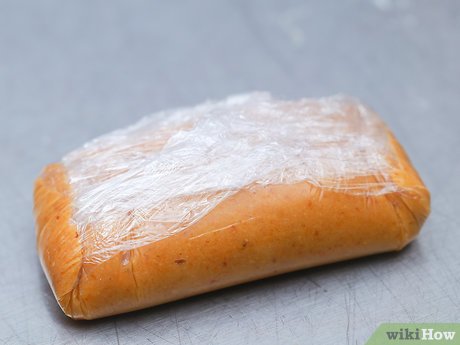
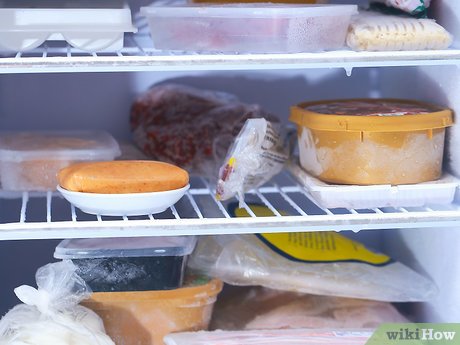
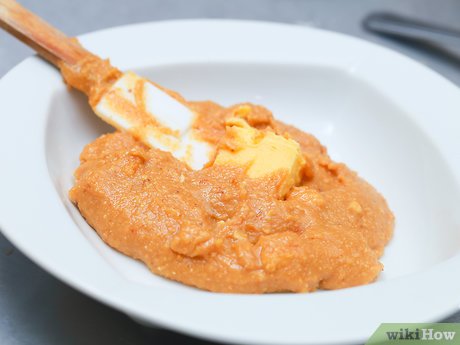
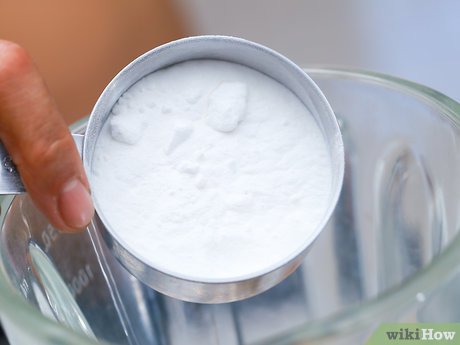
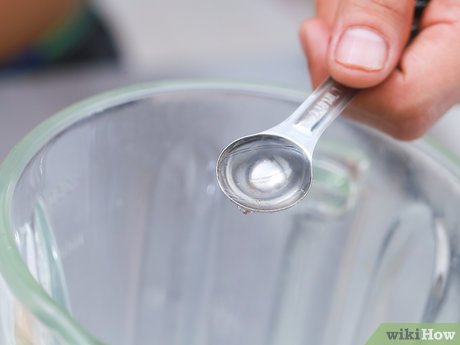
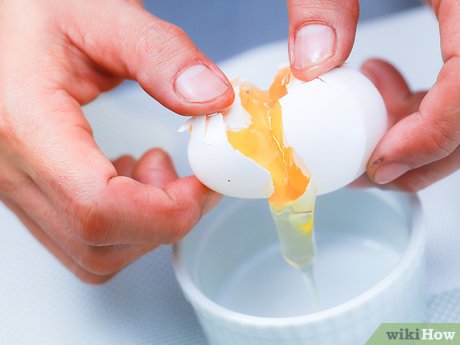
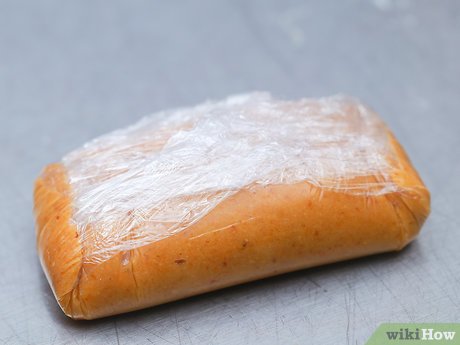
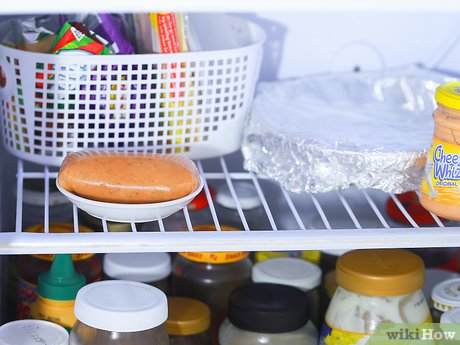










 How to Make Taco Seasoning Mix
How to Make Taco Seasoning Mix How to Eat Red Clover
How to Eat Red Clover As fast as Elon Musk: just once despised Covid-19, now has become a very committed anti-epidemic character
As fast as Elon Musk: just once despised Covid-19, now has become a very committed anti-epidemic character After Apple 'collapsed' because of Covid-19, Microsoft was the only US company worth more than $ 1 trillion
After Apple 'collapsed' because of Covid-19, Microsoft was the only US company worth more than $ 1 trillion How to Care for Fuschia
How to Care for Fuschia How to Do Fitness Yoga
How to Do Fitness Yoga